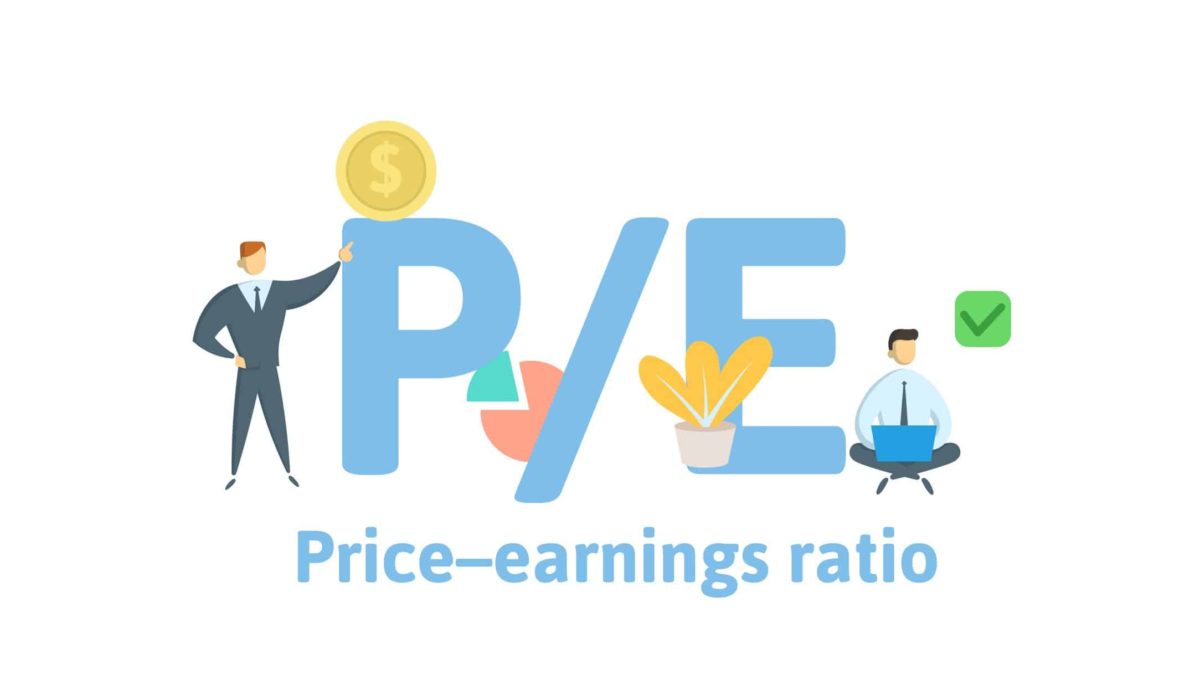As an aspiring investor, one of the first metrics you may come across is the price-to-earnings ratio (P/E ratio). The P/E ratio is often one of the key statistics anyone telling you about an ASX share will quote. But how useful is the P/E ratio in 2020? And how should you use this ratio when evaluating shares today?
What is the P/E ratio?
The P/E ratio is calculated by using a very simple equation: a company's earnings per share (EPS) divided by its share price. For our purposes, we can assume that a dollar of earnings is universally consistent. That is, a dollar of earnings is still a dollar, whether it comes from Woolworths Group Ltd (ASX: WOW) or Xero Limited (ASX: XRO). In this way, the P/E ratio is used to determine how 'expensive' companies are relative to each other. If one company's P/E ratio is 10, it means you are paying $10 today for $1 of earnings. If another company's ratio is 20, you are effectively paying twice as much for that same dollar.
Conventionally, companies that are growing revenue and earnings at a relatively fast rate attract a higher P/E ratio than those that are more mature and offer lower growth prospects.
How should ASX investors use the P/E ratio in 2020?
Normally, the P/E ratio is a great place to start when you are evaluating an ASX share as a potential investment. But 2020 has thrown a bit of a spanner in the works. Under 'normal' economic circumstances, a good-quality company can be expected to grow its earnings every year. This means that a company's trailing P/E ratio (encompassing the previous 12 months) will be higher than its forward P/E ratio (which uses a company's earnings guidance to hypothesise a future earnings ratio with today's share price).
But, as we know, 2020 has brought massive disruption to the economy in the form of the coronavirus pandemic. The lockdowns that were necessitated by the outbreak have resulted in a huge hit to the earnings of many ASX companies. And since we mostly use trailing P/E ratios, this impact doesn't translate very effectively to current share prices. If a company has a share price of $20 and brought in $1 of earnings in FY20, then it will have a trailing P/E ratio of 20. But if this same company only brings in 50 cents of EPS in FY21, then its forward P/E ratio will be 40.
Usually, markets are pretty savvy regarding a company's immediate prospects. So, it's likely this company's shares would have been sold off when the impacts of the pandemic became evident. So if our company was sold down to $5 per share, its trailing P/E ratio would become 5 and its forward P/E ratio would become 10.
You can see how these fluctuations could possibly throw an investor off their game.
Foolish takeaway
I think using the P/E ratio to evaluate your investments in 2020 is highly risky. As such, I feel it should only form a small part of your overall valuation process. It's a useful metric, but also one that can distort reality and induce poor investment decisions. I usually only find this ratio useful when comparing different companies in the same sector at the best of times. As such, I'm not paying it too much attention at all in this most uncertain of years.









